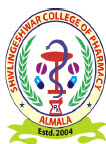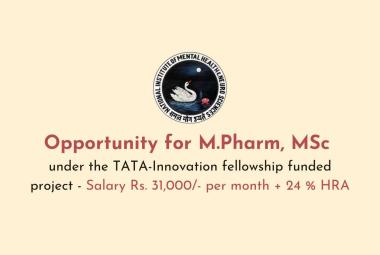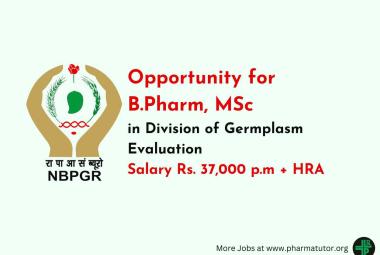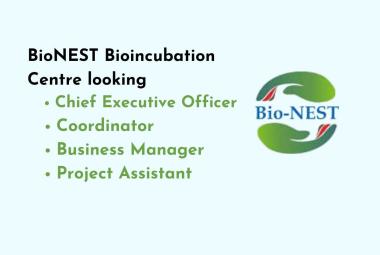APICOPLAST: A BRILLIANT FOCUS FOR ANTIMALARIAL DRUG DEVELOPMENT
{ DOWNLOAD AS PDF }
ABOUT AUTHORS
Souvik Mukherjee*1, Deepronil Roy2 and Suman Das3
1Department of Pharmaceutical Sciences & Natural Products, Central University of Punjab, Bathinda, Punjab, India
2Department of Animal Sciences, Central University of Punjab, Bathinda, Punjab, India 3Department of Human Genetics & Molecular Medicine, Central University of Punjab, Bathinda, Punjab, India
mukherjees388@gmail.com
ABSTRACT
Malaria is a lifestyle-threatening tropical disorder, due to the intracellular parasite Plasmodium falciparum. The sector health employer counts malaria as one of the pinnacle ten reasons of worldwide demise. The unavailability of a successful malaria vaccine and the ever-increasing times of drug resistance in the malaria parasite call for the invention of new targets inside P. falciparum for the development of next generation antimalarial drug. Fortuitously, all apicomplexan parasites, along with P. falciparum harbor a relict, non-photosynthetic plastid referred to as the apicoplast. The apicoplast is a semi-self-sustaining organelle within P. falciparum, containing a 35 kb circular genome. Notwithstanding a genome of its own, majority of the apicoplast proteins are encoded by means of the parasite nucleus and imported into the apicoplast. The organelle has been proven to be vital to P. falciparum survival and the loss the apicoplast manifests as a ‘not on time loss of life’ response in the parasite. The apicoplast has advanced out of cyanobacteria in a complicated, two step endosymbiotic event. As a result, the architecture and the gene expression machinery of the apicoplast is pretty bacteria-like and is at risk of a wide variety of antibiotics consisting of fosmidomycin, tetracycline, azithromycin, clindamycin and triclosan. The biosynthetic pathways for isoprenoids, fatty acids and heme function within the malaria apicoplast, making the organelle a top notch goal for drug development. This review specializes in the evolution, biology and the essentiality of the apicoplast inside the malaria parasite and discusses a number of the current achievements toward the layout and discovery of apicoplast focused antimalarial drug.



 The CCRS is the Apex body in India for formulation, co-ordination, development and promotion of research in Siddha. The Council carries out its activities and function through its network of 5 Institutes/Units located in Chennai, Puducherry, Thiruvananthapuram, Palayamkottai and Mettur dam. There is also an attractive performance based time-bound In-situ promotion scheme and special allowance for “Group - A” Medical Doctors and Non-Medical Scientists of this Council. Applications are invited for the following posts to be filled by Direct Recruitment.
The CCRS is the Apex body in India for formulation, co-ordination, development and promotion of research in Siddha. The Council carries out its activities and function through its network of 5 Institutes/Units located in Chennai, Puducherry, Thiruvananthapuram, Palayamkottai and Mettur dam. There is also an attractive performance based time-bound In-situ promotion scheme and special allowance for “Group - A” Medical Doctors and Non-Medical Scientists of this Council. Applications are invited for the following posts to be filled by Direct Recruitment. A global healthcare leader, Novartis has one of the most exciting product pipelines in the industry today. A pipeline of innovative medicines brought to life by diverse, talented and performance driven people. All of which makes them one of the most rewarding employers in their field.
A global healthcare leader, Novartis has one of the most exciting product pipelines in the industry today. A pipeline of innovative medicines brought to life by diverse, talented and performance driven people. All of which makes them one of the most rewarding employers in their field.
 The institute campus area is 15 Acers featuring with well equipped Lab, Library & Reading room. It also features a computer lab with Wi-Fi and Lease line with 4 mbps high speed internet connection. Total intake of 60 students, since academic year 2004-05. presently 240 students are taking technical education. The institute is providing platform of students in different competitions such as State Level paper presentation, sports for overall development of students. The excellent academic infrastructure of the Institute is supplement with facilities for outdoor and indoor games as well as cultural activities. The main multistoried building is with all the state of the art infrastructural facilities like well equipped Pharmaceutical Laboratories, Computer Laboratory, Library etc..
The institute campus area is 15 Acers featuring with well equipped Lab, Library & Reading room. It also features a computer lab with Wi-Fi and Lease line with 4 mbps high speed internet connection. Total intake of 60 students, since academic year 2004-05. presently 240 students are taking technical education. The institute is providing platform of students in different competitions such as State Level paper presentation, sports for overall development of students. The excellent academic infrastructure of the Institute is supplement with facilities for outdoor and indoor games as well as cultural activities. The main multistoried building is with all the state of the art infrastructural facilities like well equipped Pharmaceutical Laboratories, Computer Laboratory, Library etc..





